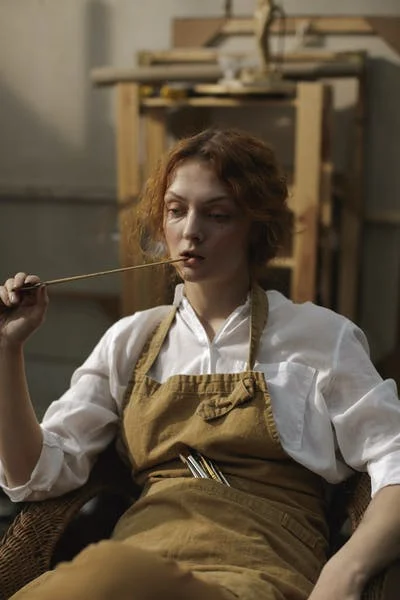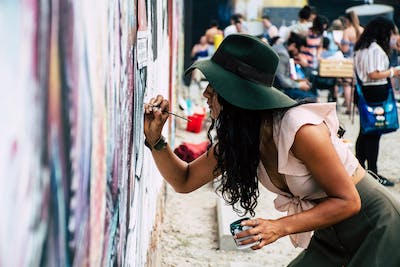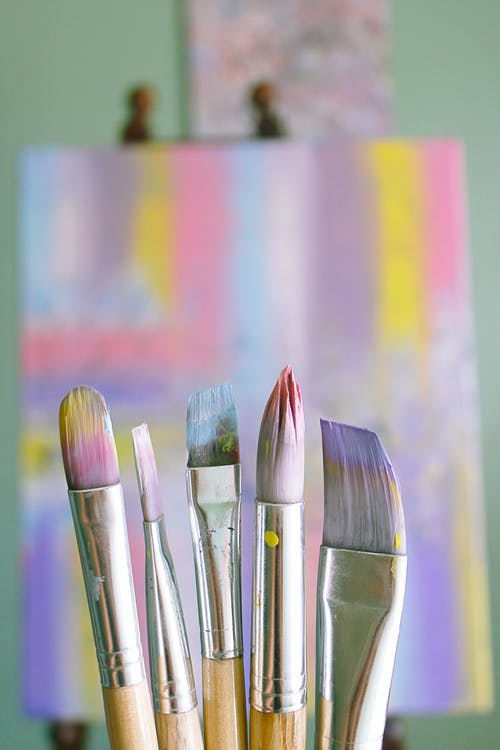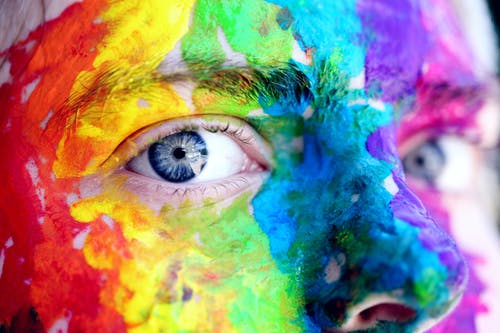 Artists, throughout history, have often been celebrated for their creativity, passion, and unique perspectives on the world. However, behind the scenes, many artists grapple with profound mental health challenges that can impact their well-being and artistic output. Delving into the mental health challenges of artists reveals a complex interplay of factors that contribute to their struggles.
Artists, throughout history, have often been celebrated for their creativity, passion, and unique perspectives on the world. However, behind the scenes, many artists grapple with profound mental health challenges that can impact their well-being and artistic output. Delving into the mental health challenges of artists reveals a complex interplay of factors that contribute to their struggles.
One of the primary mental health challenges faced by artists is depression. The creative process can be emotionally taxing, and artists may experience intense feelings of self-doubt, isolation, and despair. The pressure to produce original and meaningful work can exacerbate these feelings, leading to a cycle of negative thoughts and emotions.
Anxiety is another common issue among artists. The uncertainty of the artistic career path, coupled with the need to constantly promote oneself and compete for opportunities, can fuel anxiety and stress. Additionally, the vulnerability inherent in sharing one’s art with the world can trigger feelings of apprehension and fear of rejection.
Substance abuse is also prevalent among artists, as many turn to drugs or alcohol as a means of coping with their mental health struggles. The romanticized image of the tortured artist perpetuates the notion that substance use enhances creativity or numbs emotional pain. However, substance abuse often exacerbates underlying mental health issues and can lead to addiction and further complications.
Moreover, artists may grapple with mood disorders such as bipolar disorder, which is characterized by extreme mood swings ranging from manic highs to depressive lows. These mood fluctuations can profoundly impact an artist’s ability to work consistently and maintain stable relationships.
Social isolation is another significant challenge for many artists, particularly in today’s digital age. While social media platforms offer opportunities for connection and self-promotion, they can also foster feelings of inadequacy and comparison. Artists may struggle with loneliness and alienation, further exacerbating their mental health issues.
Despite these challenges, there is hope for artists struggling with mental health issues. Seeking professional help from therapists, counselors, or support groups can provide valuable resources and coping strategies. Additionally, fostering a supportive network of friends, family, and fellow artists can offer much-needed encouragement and solidarity.
It’s essential to recognize that mental health challenges are not a reflection of artistic talent or worth. Artists deserve compassion, understanding, and access to quality mental health care. By openly addressing these issues and supporting one another, we can create a healthier and more inclusive environment for artists to thrive.
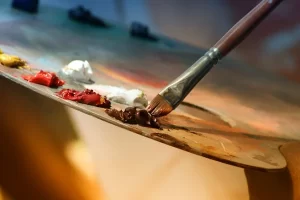 Art has long been intertwined with the human experience, serving as a vessel for self-expression, exploration, and emotional release. However, the realm of creativity is not without its shadows. Artists, known for their ability to weave beauty out of chaos, often find themselves grappling with the dual nature of their minds—a delicate dance between genius and vulnerability. In this article, we delve into the complex relationship between artistic minds and the battle against addiction.
Art has long been intertwined with the human experience, serving as a vessel for self-expression, exploration, and emotional release. However, the realm of creativity is not without its shadows. Artists, known for their ability to weave beauty out of chaos, often find themselves grappling with the dual nature of their minds—a delicate dance between genius and vulnerability. In this article, we delve into the complex relationship between artistic minds and the battle against addiction.

